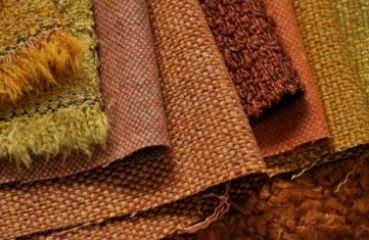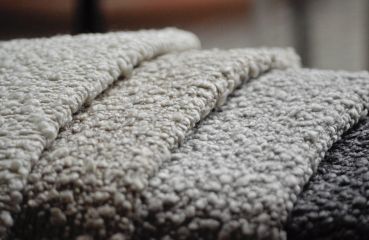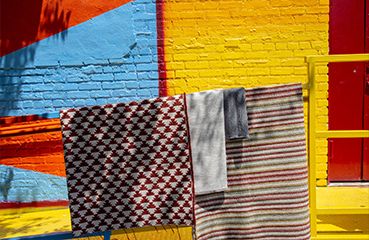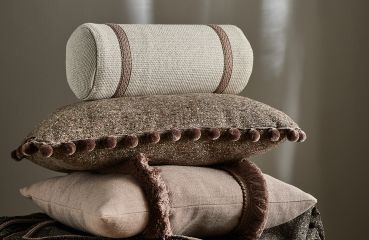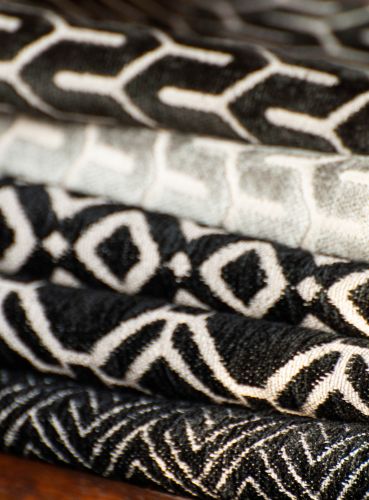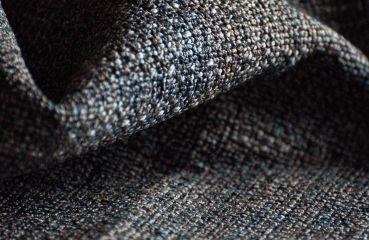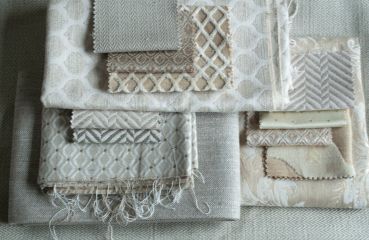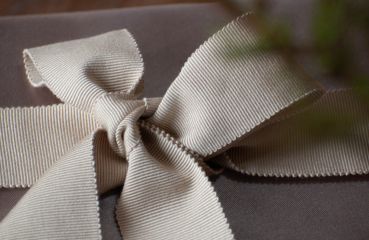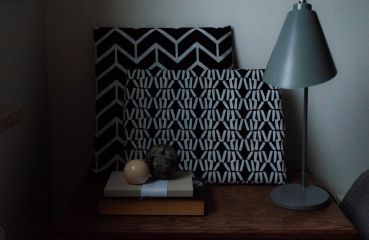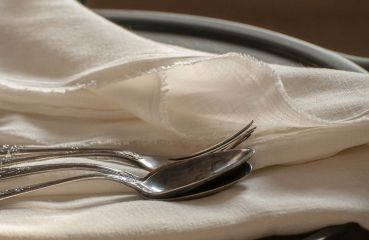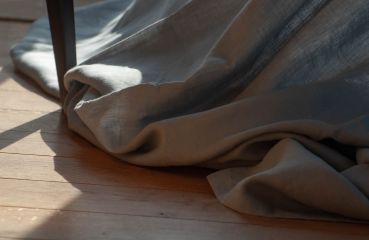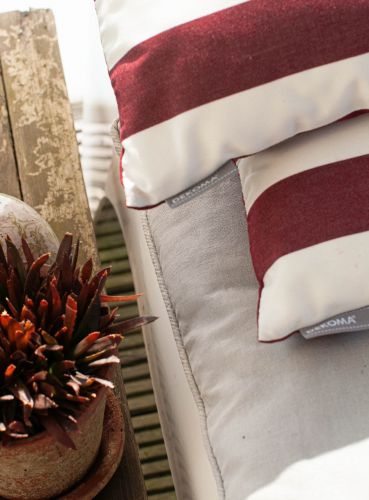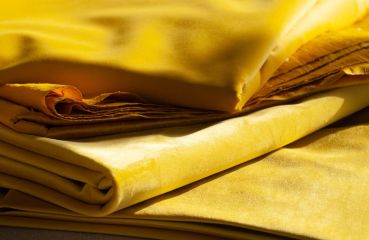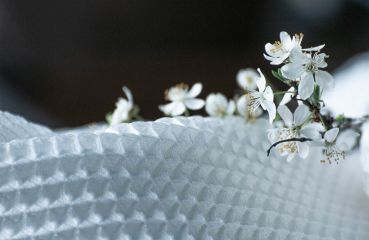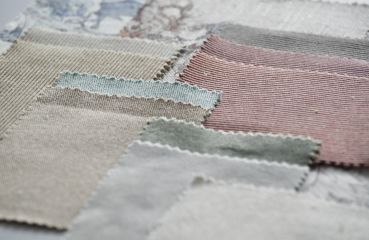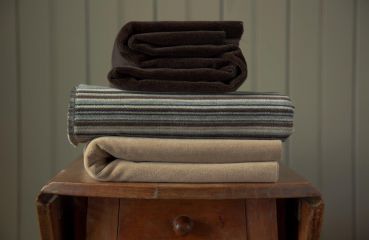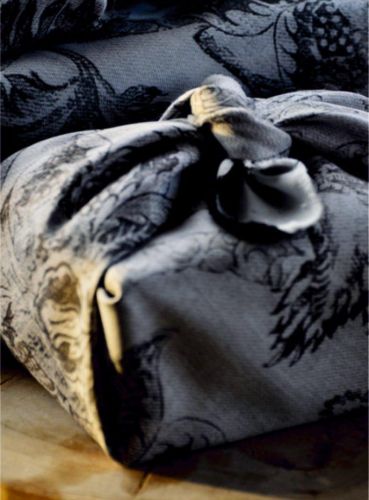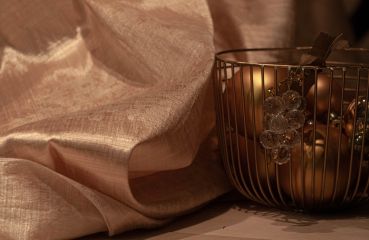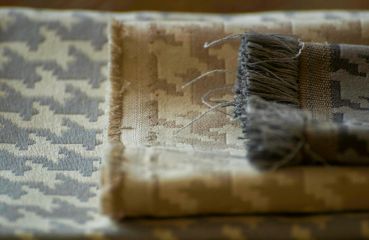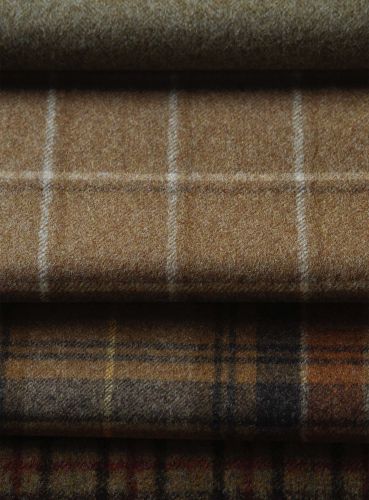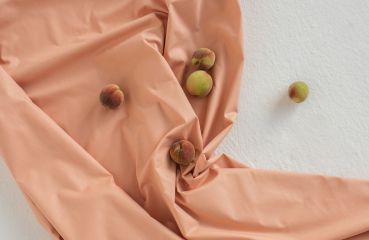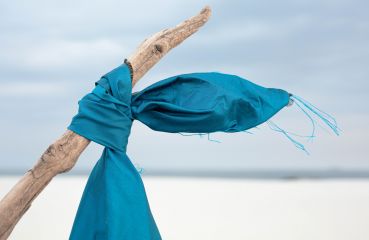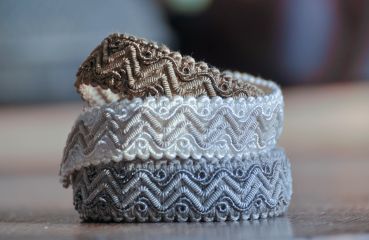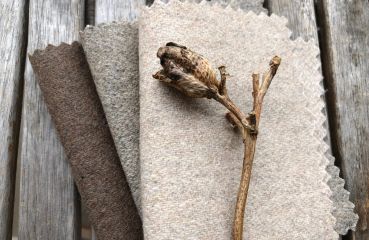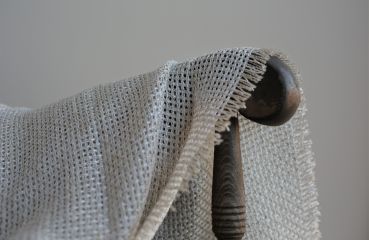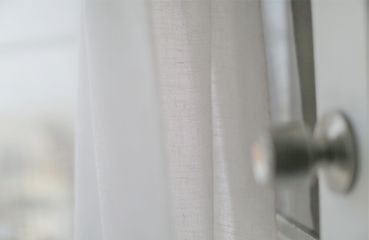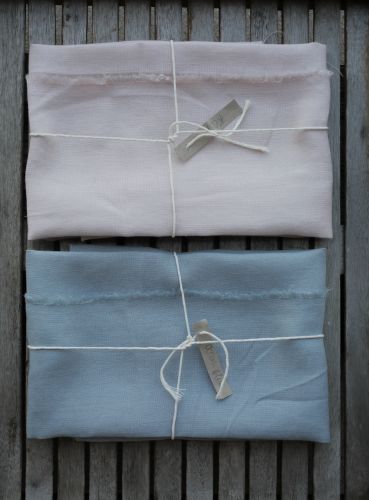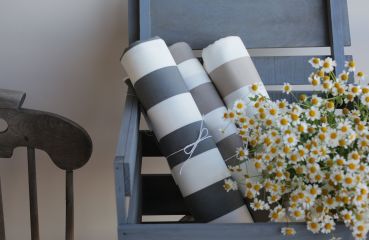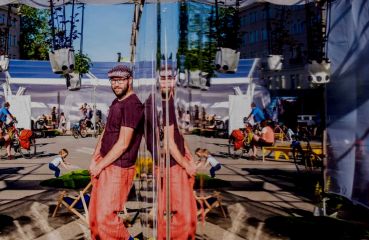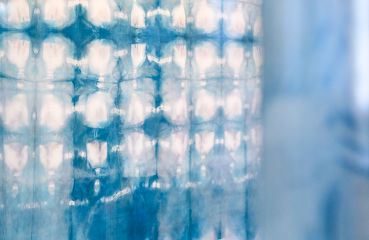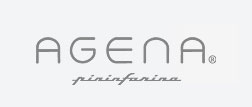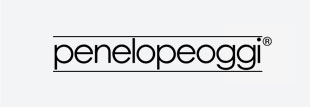ABOUT THE SENSUOUS AND TACTILE ADVANTAGES OF LINEN FABRICS
A fabric close to the body – or the health and sensory properties of linen.
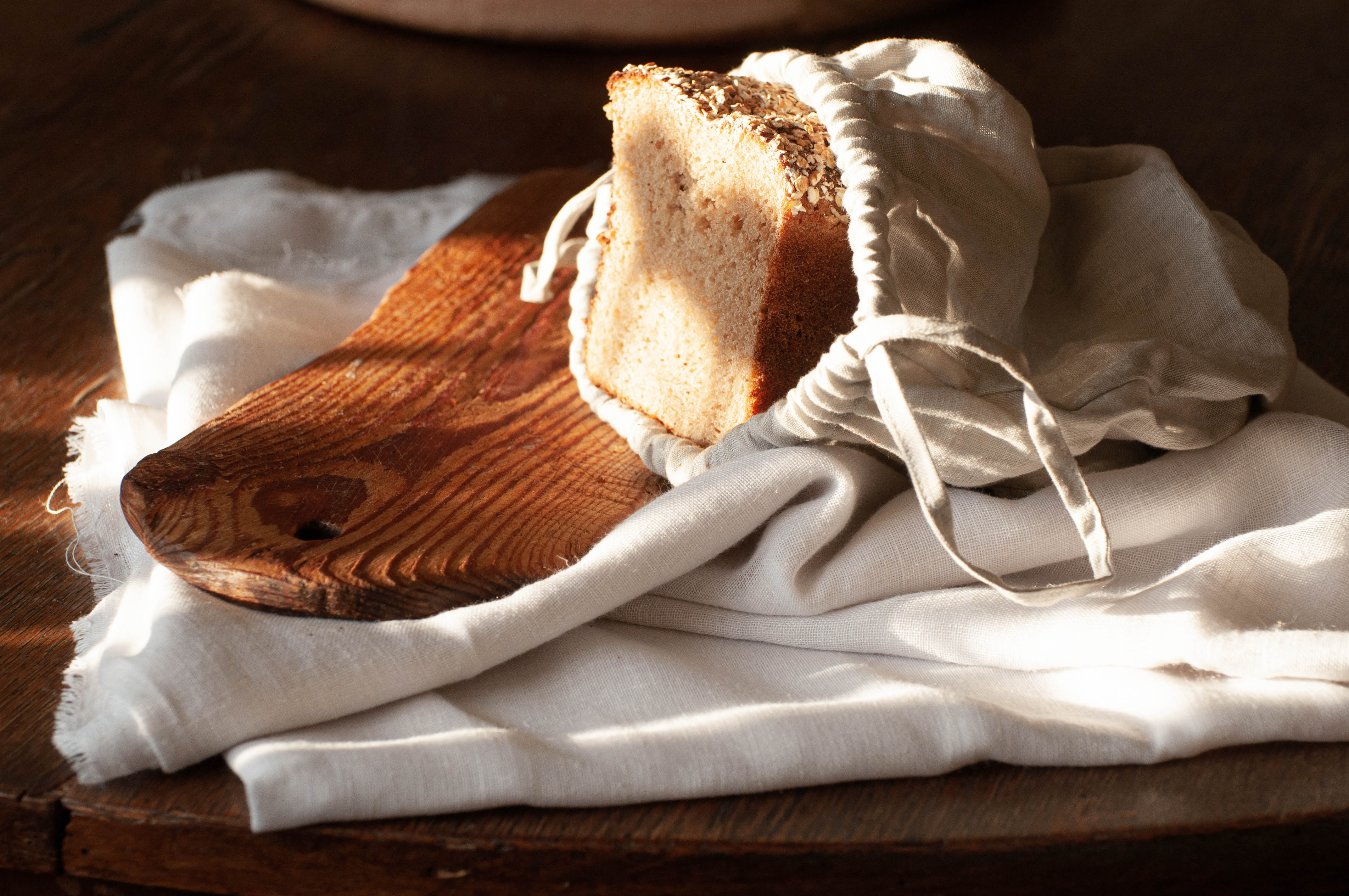
Linen is a healthy material! Flax cells are similar to human ones and thus have a beneficial effect on our body. Linen fabric likes to be close to the body, as it is its true friend.
Given its health benefits, linen is popular among allergy sufferers and those who value a healthy lifestyle close to nature. Linen has anti-allergic and anti-fungal properties. Food stored in a linen bag will not rot so quickly, e.g. bread kept in such a bag will rather dry up than mould. This is due to the excellent air permeability that is characteristic of every linen fabric. For the same reason, we do not sweat in linen clothes as much as in cotton clothing in summer.
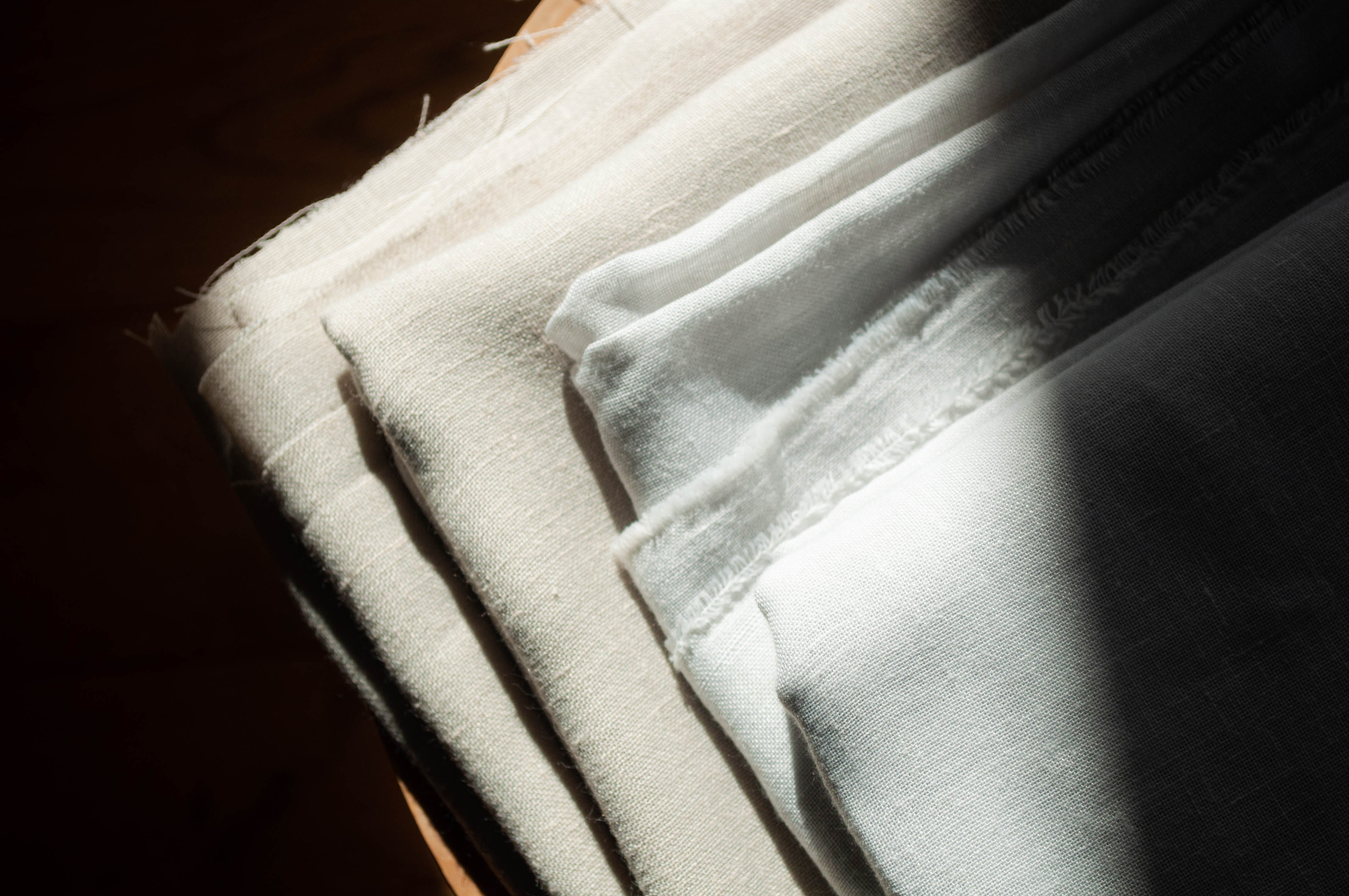
Linen sheets improve our sleep quality. Scientists have demonstrated that resting in linen bedding regenerates the body and mind, makes it possible to fall asleep quickly, sleep deeply, and wake up feeling refreshed and well-rested. Naturally hygroscopic linen can absorb plenty of moisture (even up to 20% of its weight) and remain dry. Hence, linen fabrics always seem to be fresh – something our skin will certainly appreciate. Moreover, its ability to crease beautifully and “picturesquely” makes linen a very amiable and personal fabric. It adapts to the body, needs and home of its user.
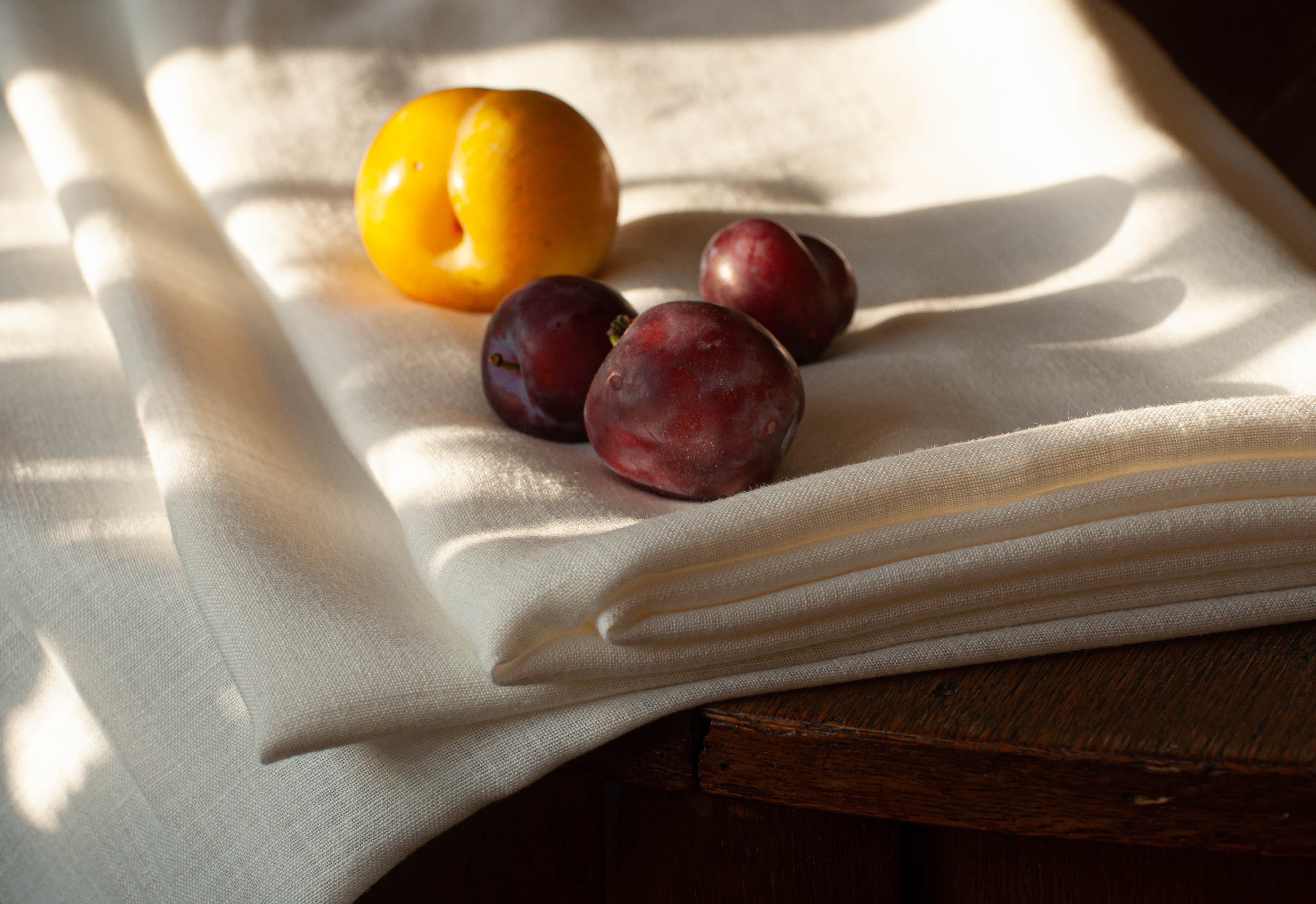
Flax fibre provides protection from harmful UV radiation (its high lignin content makes it a UV absorber). Of all the known fibres, it is plain-weave linen that creates the best microclimate for the skin. It is exceptionally breathable, removing carbon dioxide from the skin and bringing fresh air to the body. It does not pick up static. Even a small addition of flax fibres of up to 10% is sufficient to eliminate the static electricity effect. It lowers the potential of electric charges to accumulate on the body surface, which is very important for those who work with computers or electronic devices.
Linen also displays bacteriostatic properties – it was once used for sterilisation, wound bandaging, and in cheese making. It is excellent for the use in the kitchen, in contact with food. Linen is naturally clean, non-irritable, non-sensitising, and bacteria-resistant. Therefore, as a material that is often used and touched at home, linen is our excellent ally.
Zero waste. About a linen cloth passed down through generations.

Linen products are valued not only for their organic, natural origin and the ensuing safety for the human body, but also for their impact on the environment – when discarded, linen is completely biodegradable. But this is not all. In the industrial cycle, every part of the flax plant is well used.
The middle part of the stalk yields long fibres for high-quality worsted and warp yarns used in textile production. Short fibres from the apex and root are used to produce carded yarns. Oilseeds are used to produce oil, varnish, etc., but they are also applied in the pharmaceutical industry and traditional medicine. The broken, woody parts of the stalks serve as a raw material for the production of hardboard, while retting waste, i.e. short fibres that cannot be separated during the extraction of the fibre, is used as a raw material for the production of high-quality paper, e.g. for printing banknotes. The marc resulting from the production of seed oil and the bolls are processed into fodder. The only waste is the dust released during production. All this makes flax a truly ecological plant.

Flax is said to be the most versatile crop. Fabrics made from this fibre are suitable for various aspects of our lives, and they can be used intensively for years.
Linen is one of the most durable fabrics, provided it is treated well. Flax fibres are exceptionally resistant to mechanical damage, hence frequent washing adds charm to linen fabrics, as they become smoother and softer to the touch. Linen can be boiled and even sterilised, although it is generally not necessary. It must not be chlorinated, but it should be washed regularly at 40-60⁰C using regular detergents, without harsh chemicals. Given its natural antibacterial properties, the fabric will be nicely refreshed at 40⁰C, and dingy linen can be best whitened by the sun while drying.
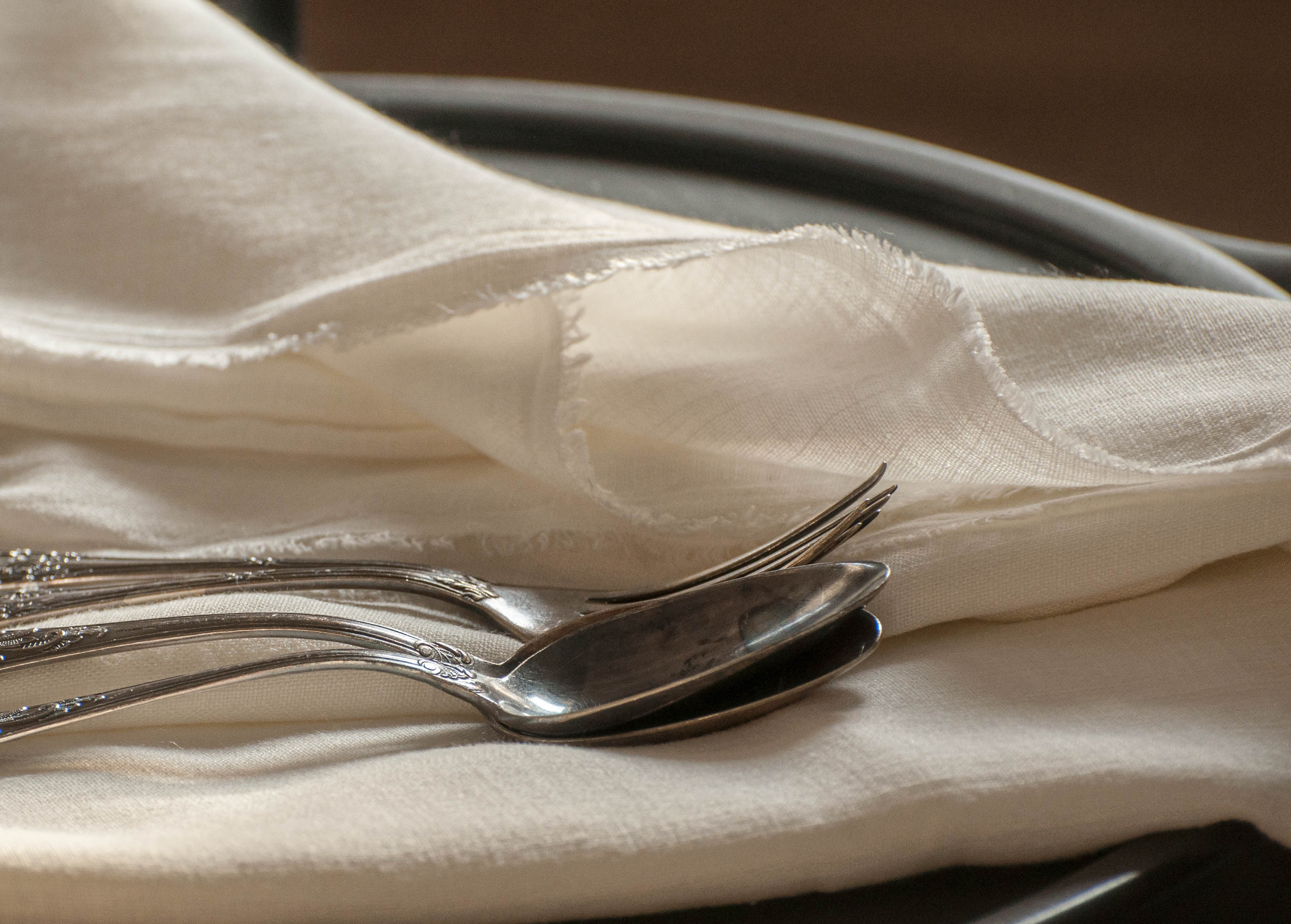
Linen does not pill during maintenance. In the course of its use, the fabric develops characteristic folds, indentations and creases, which become fixed over time and determine its characteristic, unique appearance. Unlike other fabrics, linen is said to become more beautiful the older it gets. Investing in linen home textiles is highly profitable because treated properly, they will serve us for many years.
Metaphorically said, linen is a friend of the house that stays with us for years, during the most important events and in everyday situations. It can even pass down the memory of a home and its users from generation to generation.
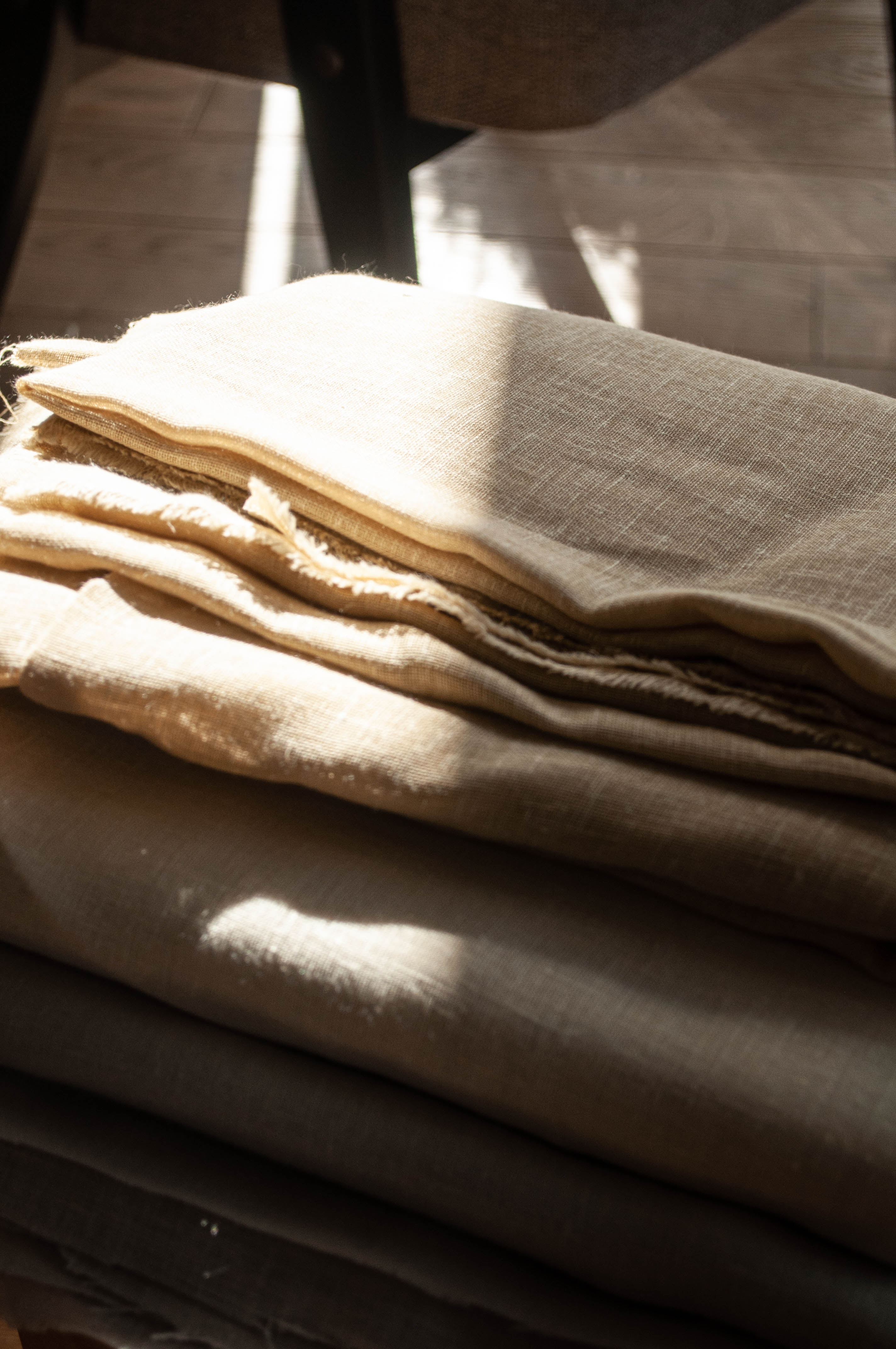
Fabrics from the Dekoma collection featured in the session:
Livia is a transparent, plain fabric, which combines all the advantages of polyester with the natural appearance of linen. Its light, delicate structure makes it a great choice for window decorations. Available in a wide range of colours: from natural safari colours to vibrant reds, greens and oranges. Its economical size of 300 cm and easy care (can be washed in water and dry cleaned) makes Livia perfect for all interiors arranged by eco-style enthusiasts.
Reya is a natural-looking, semi-transparent plain decorative fabric resembling linen, available in a wide range of 37 neutral colours. Its advantages are the economical size of 300 cm and easy care. It is an all-round idea for window decorations, such as curtains and Roman blinds in all styles. The collection is OEKO-TEX® Standard 100 certified, which guarantees the safety of textile products. Can be washed in water or dry-cleaned. Livia is a similar collection.
Sandro is a nobel, semi transparent, decorative fabric available in six colours: from white to various shades of beige. Natural and soft to the touch. Linen and polyester blend is perfect for all fans of simplicity and nature. Available in the economical size of 300 cm. It looks natural and is very versatile. Wash with water or dry clean. Will look great in cosy and modern interiors.
Photo-session for Dekoma.
Creative idea, text, photographs and styling MBBM Studio.

